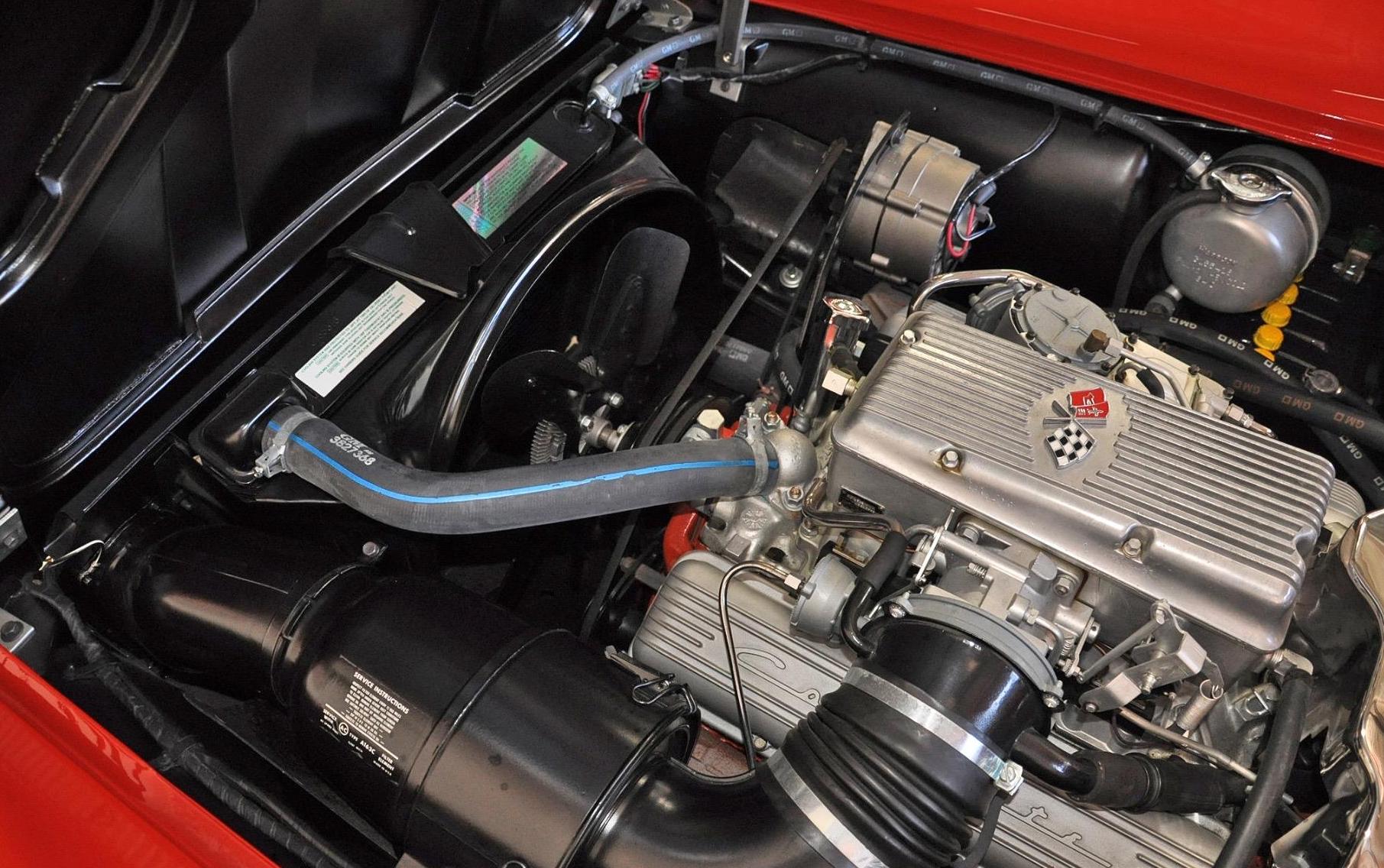1964 – 1965 L84 Corvette Engine Ultimate Guide
By the mid-1960s, Chevrolet’s small-block engine program had already begun making waves. What started some ten years prior with the introduction of the 265 cubic-inch V8 had grown into a wave of successive development, which ultimately gave rise to several of GM’s most memorable early Corvette powerplants.
In under a decade, GM’s signature small-block received a substantial boost in displacement while also becoming the standard-bearer for several new internal developments in engine technology. These developments ultimately produced a new crop of small-block powerplants based on Chevrolet’s new 327 cubic-inch engine platform. Of the four 327 cubic-inch small blocks available in 1964, none topped the output of the fuel-injected L84 V8.
No Subscription? You’re missing out
Get immediate ad-free access to all our premium content.
Get Started



